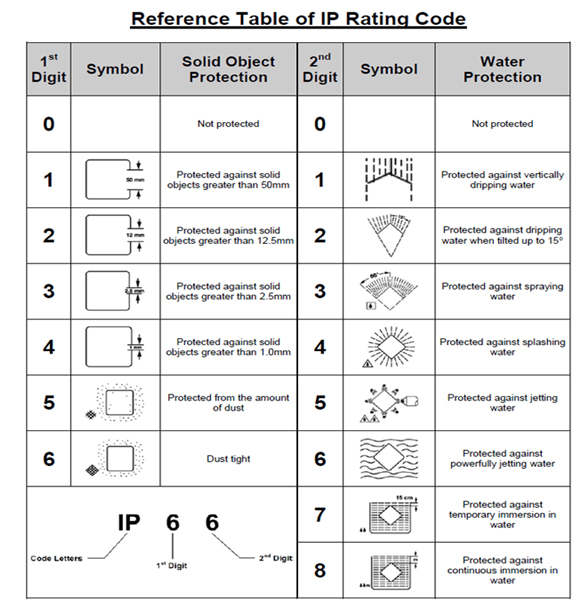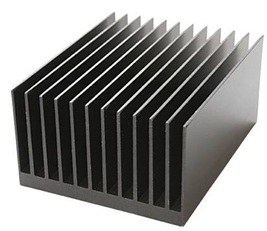The Importance of Rugged Computers
Why Rugged?
Rugged embedded technology is a crucial component for industrial automation every single day. However, more specifically, there is a higher demand for rugged computers in mission-critical tasks as seen in military operations. This technology not only needs to perform at levels in which ordinary industrial computing performs but should also be able to withstand extreme conditions the environment brings. Electronic systems are extremely important for highly mission-critical applications. But these systems are constantly at risk battling the harmful elements of nature. The major objective for rugged computing is to minimize damage exteriorly and interiorly and reduce the chances of system failure. How unfortunate would it be that a highly advanced piece of embedded system that is constructed to perform a very specific operation but fails because the computer cannot endure the extreme cold temperatures in its environment? This paper addresses many features that rugged technology can perform for the most demanding environments.
What Makes Industrial Computers Rugged?
When buying embedded technology, it is important to look for IP or Ingress Protection. Ingress Protection specifies the systems ability to perform while enduring solids and liquids to a certain degree. Ingress Protection is important for any sort of embedded computer especially those in environments that can bring about harmful substances and particles that can damage a system over time. Some systems may state the IP protection to be “IP65”. Industrial tasks should meet the standard rating of IP65 as it protects against harmful liquids and dust. The first number refers to the level of protection against solids like dust. The second number refers to the level of protection against liquids like splashes of water and water jets.
Embedded Technology also needs to meet the standards or NEMA or National Electrical
Manufacturer Association. NEMA ratings have a crucial role for embedded systems that are generally exposed to dusty conditions, harmful liquids, and corrosive substances. Another critical specification that should be seen in rugged computing is if it meets military standard protection, or MIL-STD/MIL-SPEC from the U.S. Department of Defense. Not only is protection against dust and moisture important, embedded computers must be protected against vibrations and shock. These levels of specifications go through a series of tests to prove its reliability for its protection against harmful elements and impact.
Furthermore, embedded computers are protected against solids, liquids, shocks and vibrations, but these machines would be totally ineffective if they could not meet the extreme temperatures that they are placed in. Extreme temperatures cause internal damage to electronic systems. That is why there needs to be a wide range of temperature tolerance for rugged embedded computing. When a system over heats, especially a computer needed for mission-critical tasks, it needs a smarter way of cooling itself down. That requires throwing out old commercial fans for smarter solutions like implementing heat sinks, and vice versa for colder environments.
Although rugged computers may be a bit more costly compared to most commercial computers, but ruggedness is built for long term use that minimizes machine failure, built for the worst conditions, lower maintenance costs down the road, and finally offers exceptional reliability.






